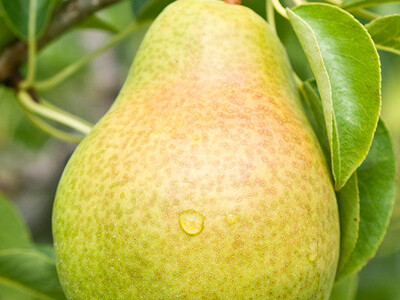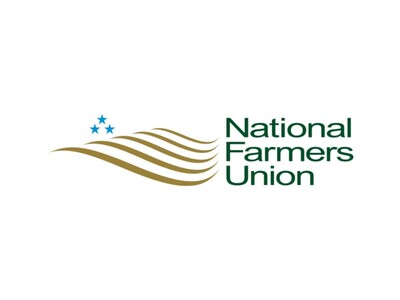AI Pesticide Research Pt 2
From the Ag Information Network, I’m Bob Larson with today’s Fruit Grower Report. Agriculture is turning to technology more and more these days, including a study at Oregon State University that uses Artificial Intelligence to try and determine which pesticides are harmful to bees, both wild and honey bees.Assistant Professor Cory Simon says this is one more method to try and protect these pollinators from potential hazards …
SIMON … “So, machine learning models are not perfect, right. They’re going to get some of them wrong. And so, because of that, if there were a new pesticide, right, no one is going to use our model to say, okay go ahead, use that new pesticide that’s not toxic to bees, right. You can’t trust it that much. So, ultimately, you’re going to need experiments, but I think that way to view our models is as a sort of pre-screening.”
For the pesticide companies, Simon says detox experiments can be very costly and time consuming …
SIMON … “So, our model can kind be used as a filter on top of that to quickly and cheaply filter out the pesticides that are likely to be harmful to bees, right.”
And pesticides, Simon says are changing all the time …
SIMON … “You could also imagine, maybe, that there’s a bunch of insects coming that we haven’t seen before and it’s and emergency situation. We need to apply a pesticide, right. Then, there’s no time for bee experiments. So, maybe our model could be used in that case to make a decision of which pesticide we should deploy in some emergency situations.”
Simon says their findings are important because many fruit, nut, vegetable and seed crops rely on pollination.
The National Science Foundation supports this research.

















